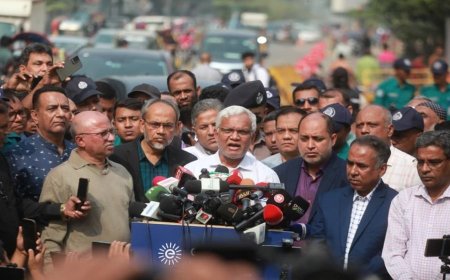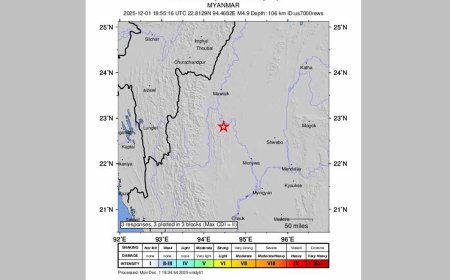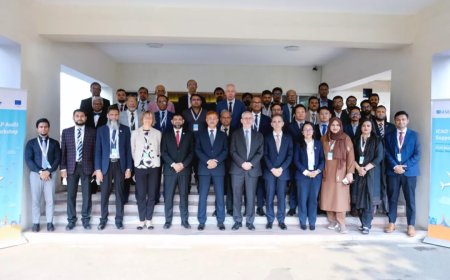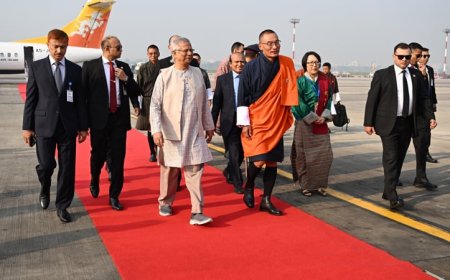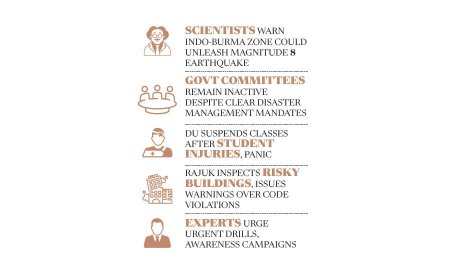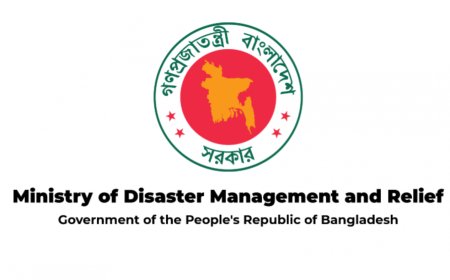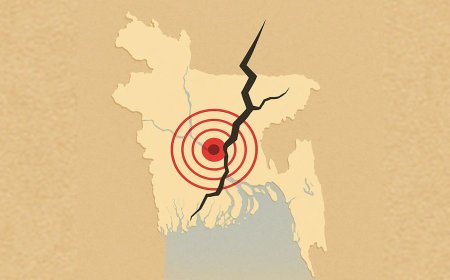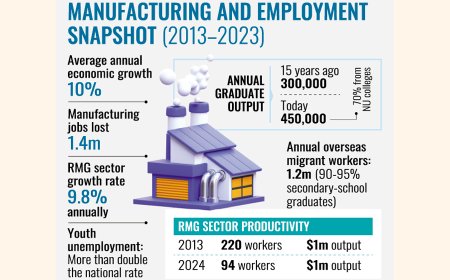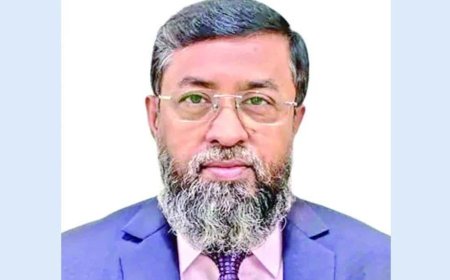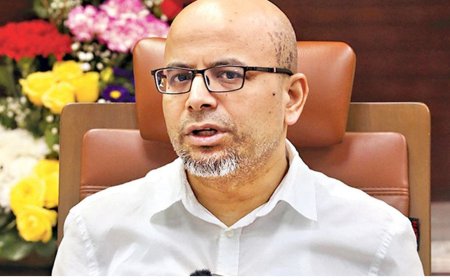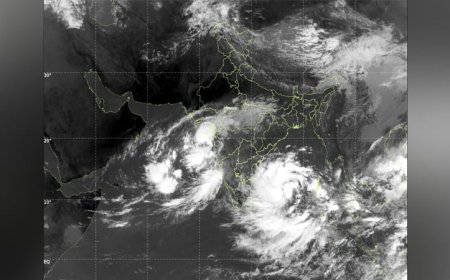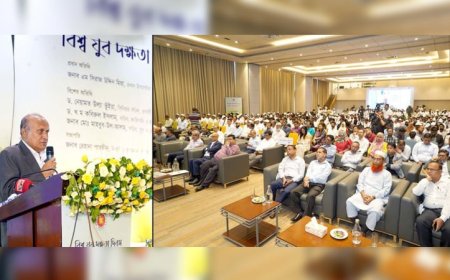Air pollution shortens the average life expectancy of Bangladeshis by 5.5 years
Following WHO air quality guidelines could add up to 6.9 years to the lives of Dhaka residents.
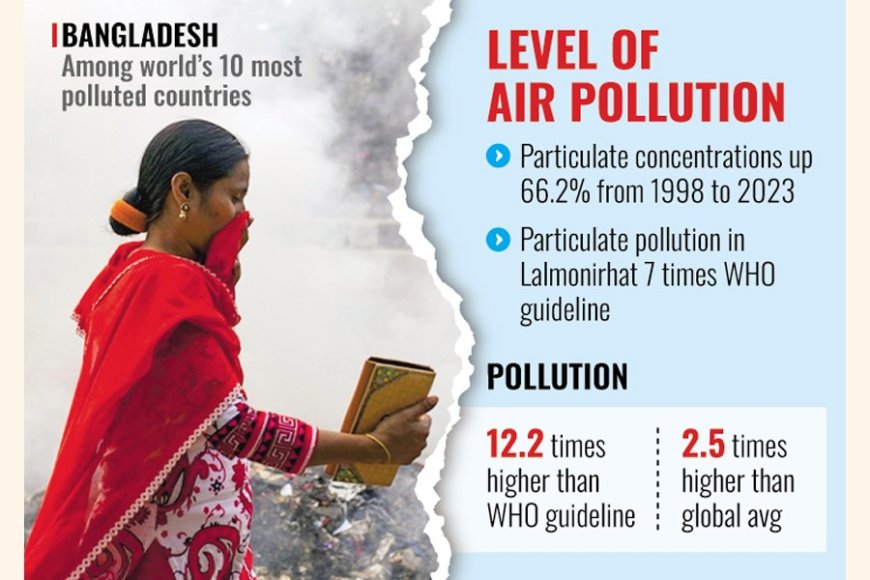
Air pollution remains one of the leading causes of death in Bangladesh, cutting the average life expectancy of its people by 5.5 years, according to the 2025 annual update of the Air Quality Life Index (AQLI).
In Dhaka, the country’s most densely populated district, residents could live 6.9 years longer if air quality met the World Health Organization’s (WHO) guideline. In Chittagong, the second most populous district, life expectancy would rise by 6.2 years.
The report, released Thursday by the University of Chicago’s Energy Policy Institute, shows that all 166.8 million Bangladeshis live in areas where annual average particulate pollution exceeds both the WHO guideline and the national standard of 35 µg/m³.
It identifies air pollution as the single greatest external threat to life expectancy in Bangladesh, taking away 5.5 years on average—compared to 2 years lost from tobacco use and 1.4 years from child and maternal malnutrition. Even in Lalmonirhat, the country’s least polluted district, pollution levels are seven times higher than the WHO guideline.
Between 1998 and 2023, particulate concentrations in Bangladesh rose by 66.2 percent, further cutting life expectancy by 2.4 years.
The AQLI is based on research that establishes a causal link between long-term exposure to air pollution and reduced life expectancy. It combines this with hyper-localized satellite data on particulate matter (PM2.5) to reveal the true cost of pollution at the community level. The index also demonstrates how stricter air quality standards—whether aligned with WHO guidelines, national targets, or locally set levels—can add years to people’s lives.
Bangladesh ranks among the world’s 10 most polluted countries, with air pollution levels 12.2 times above the WHO guideline and 2.5 times above the global average.
Across South Asia, pollution increased by 2.8 percent from 2022 to 2023, after a temporary decline the previous year. The region remains the most polluted in the world, where air pollution reduces average life expectancy by 3 years, and by more than 8 years in the worst-affected areas.
In the region’s most polluted countries, the impact of particulate pollution on life expectancy is nearly double that of child and maternal malnutrition, and more than five times that of unsafe water, sanitation, and hygiene.
What's Your Reaction?









